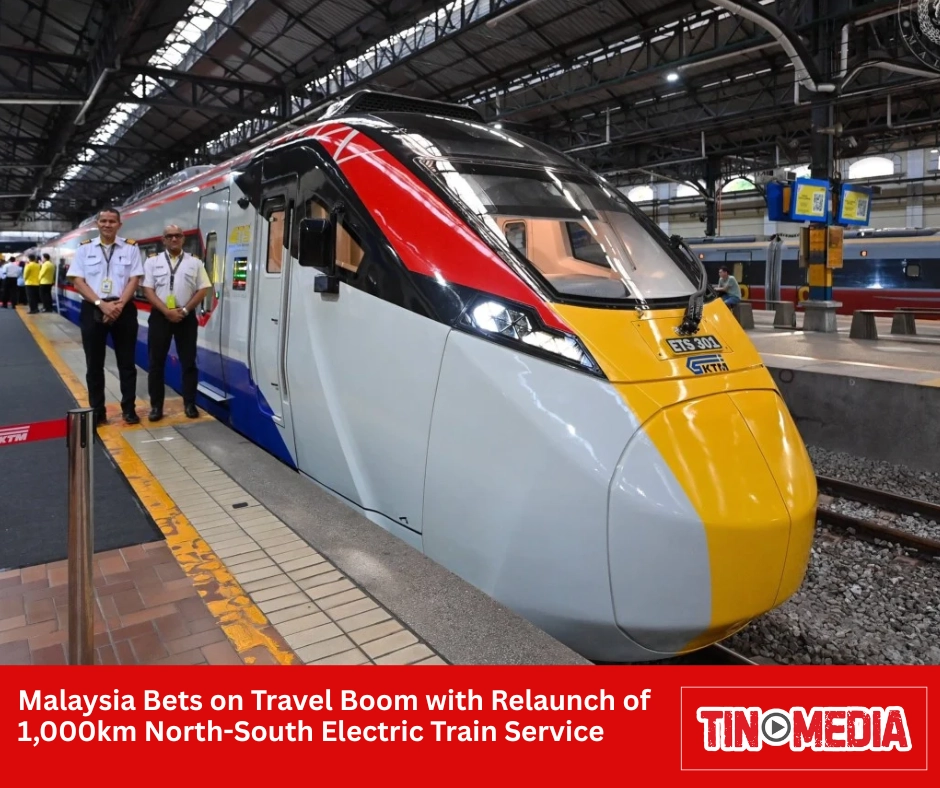As a seasoned traveller, you’ll undoubtedly uncover the best ways to explore the countries you visit, be it discovering the best accommodation options, the best places for some grub and of course, the best ways to get around.
Transportation is the first thing every traveller needs to pin down. Getting lost in a foreign land can waste precious time, but more worryingly, it means things can quickly turn sour. Not only does this ruin your impression of the country you’re in, it also leaves your dream of a perfect holiday in a shambles.
Each country and continent has different norms for its means of transport. While people in the United States link automobile ownership to freedom and thus prefer road trips, it is de rigueur to travel by train in Europe – and for good reason!
A European original
Among the best kept secrets for travellers in the know, train travel can often be cheaper than other alternatives, especially if you purchase tickets in advance. Known for its ease of access and convenience, trains run through nearly every city on the continent.
The pioneer in extensive rail usage was the Great Britain during the peak of its Industrial Revolution in the 1840s, where a network of trains transported vast amounts of coal and iron from mines to factories, also benefiting commuters journeying from the rural parts of England to the cities.
Railway lines had expanded across Europe by the early 1900s, converging into a seamless grid that connected the majority of its towns.
Discover the sights of the Benelux, as you pass through The Netherlands and Belgium on an electric train.
A real time (and money) saver
Travellers often forget that while train stations tend to be in city centres, airports are usually located on the outskirts. Going from Paris to Amsterdam, for instance, will see you boarding a high-speed Thalys train in the City of Romance’s centrally located transport hub, the Gare du Nord station.
Once onboard, it takes roughly three-and-a-half hours to reach the Amsterdam Centraal station, just a short stroll away from the city centre.
Now imagine the same trip by plane. Besides the hour-long cab ride to reach the Charles de Gaulle Airport, there’s also the additional one-and-a-half hours needed for standard boarding procedures. And the only short part is the flight itself, which is just over an hour.
Upon reaching the Amsterdam Schiphol Airport, it’s another 18km to go before reaching the city centre, increasing total travel to more than four hours.
So even if a flight may seem the simplest option, do bear in mind that it might not be the most cost efficient, or the shortest, journey.
Experience more while travelling
Best of all, travelling by train offers travellers a wider perspective and greater insight into “the real Europe”.
You’ll experience the pleasure of seeing picturesque countrysides and landscapes unfold before your eyes: a gradual blend of grand French chateaus to impressive Dutch kasteels, as you pass acres of vineyards to fields of vibrant tulips.
Throughout the ride, you’re free to leave your electronic devices on and move about as you please, be it to enjoy an in-seat meal or simply to take refreshments at the buffet bar.
Take, for example, the Glacier Express between Switzerland’s Zermatt and St Moritz, which presents a scenic feast for the eyes with its climb to the Albula Tunnel. Choose the “Excellence Class” and be one of the 20 passengers to witness the dazzling scenery outside panoramic windows and enjoy a five-course lunch of regional and seasonal dishes, including wine and an aperitif and canapés during the afternoon.
Freedom to enjoy
Meanwhile, air travel experience is typically restricted to being strapped to a chair with little room to move, looking out tiny windows to see an endless stream of clouds.
While tighter security measures ensure safety and impart reassurance, these time-intensive protocols can also serve to dampen the full enjoyment of travelling.
You’ll have to remember not to pack liquids in your hand carry for international flights. If you do, the offending items will be confiscated. Going through the checkpoints, even in a domestic flight, will also require you to remove all items on your person to clear the scanners.
Trains, running on renewable energy, take you past some of Europe’s most dazzling scenery
The greener option
Train travel also tends to be more sustainable and environmentally friendly, with fast-speed trains in Europe usually powered by electricity. Planes, in contrast, leave contrails of burnt fuel and cause larger carbon footprints – less than ideal with the current climate crisis.
A 2016 report in the Bulletin of American Meteorological Society, titled “Impact Of Aviation On Climate”, showed that “persistent linear contrails produced in the wake of aircrafts contribute to net climate warming”.
These potentially climate changing compounds include radiatively or chemically active carbon dioxide, black carbon, nitrogen oxides, hydrocarbons, carbon monoxide, sulphur oxides and water.
- TAGS / KEYWORDS:


















.png)














